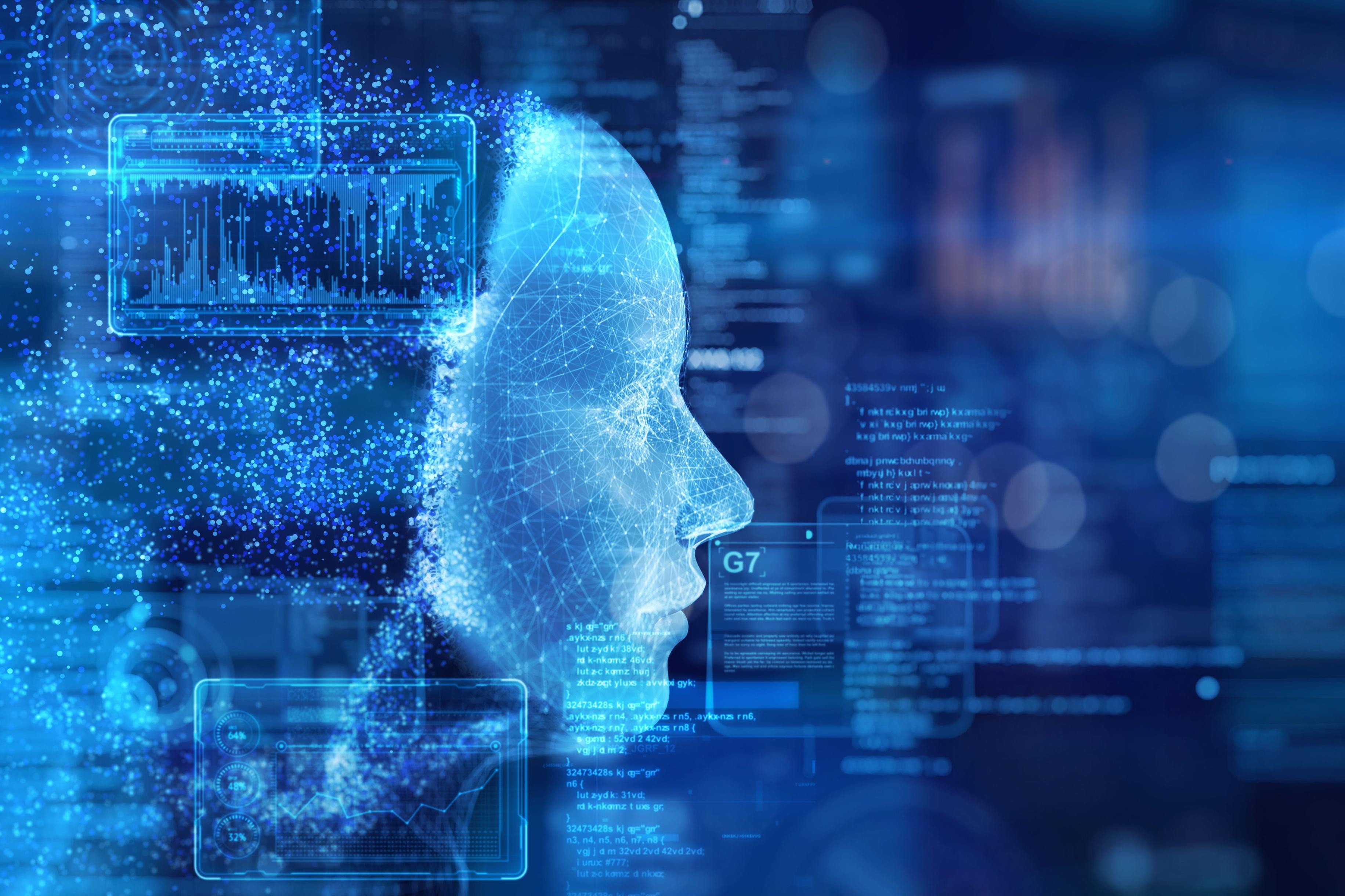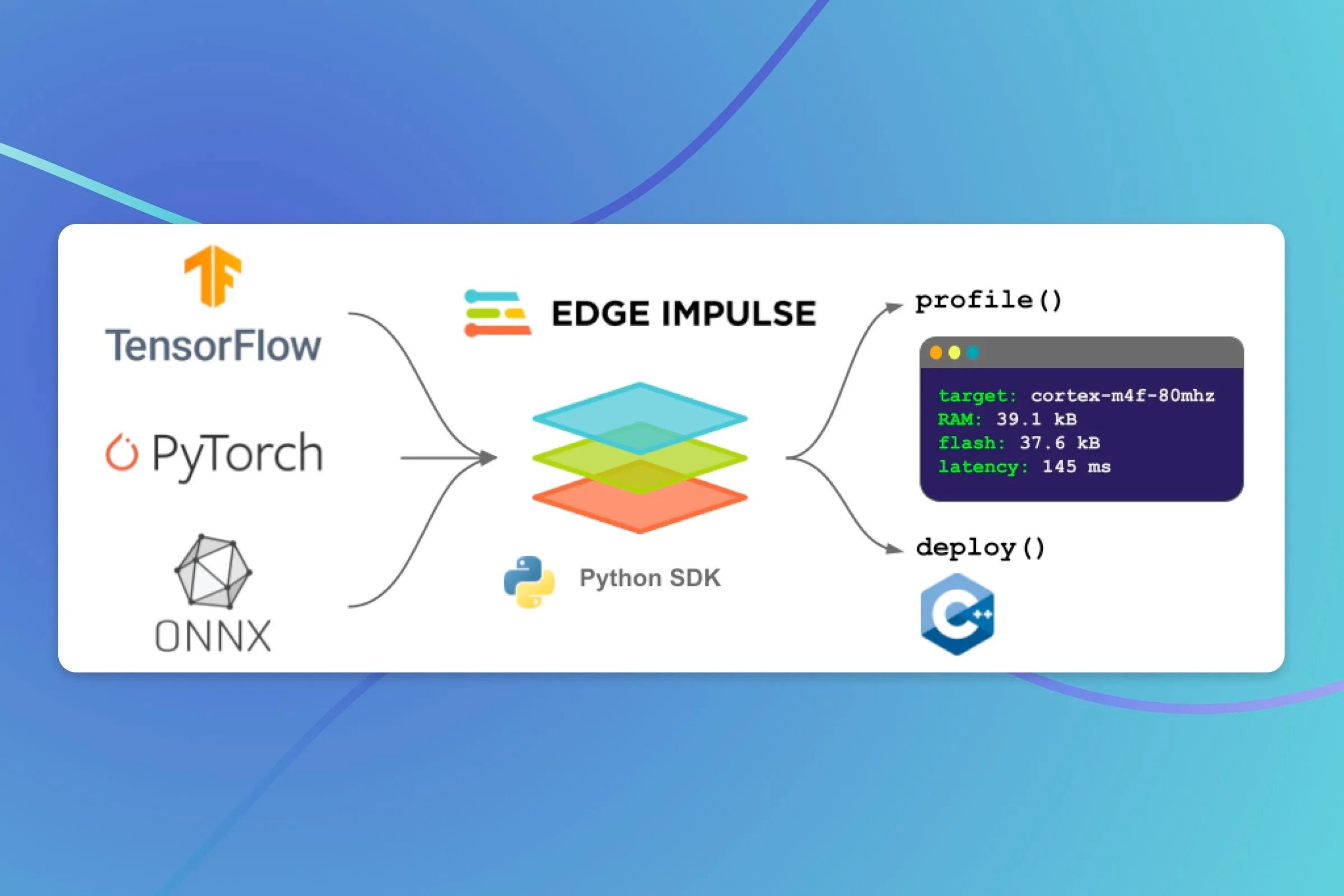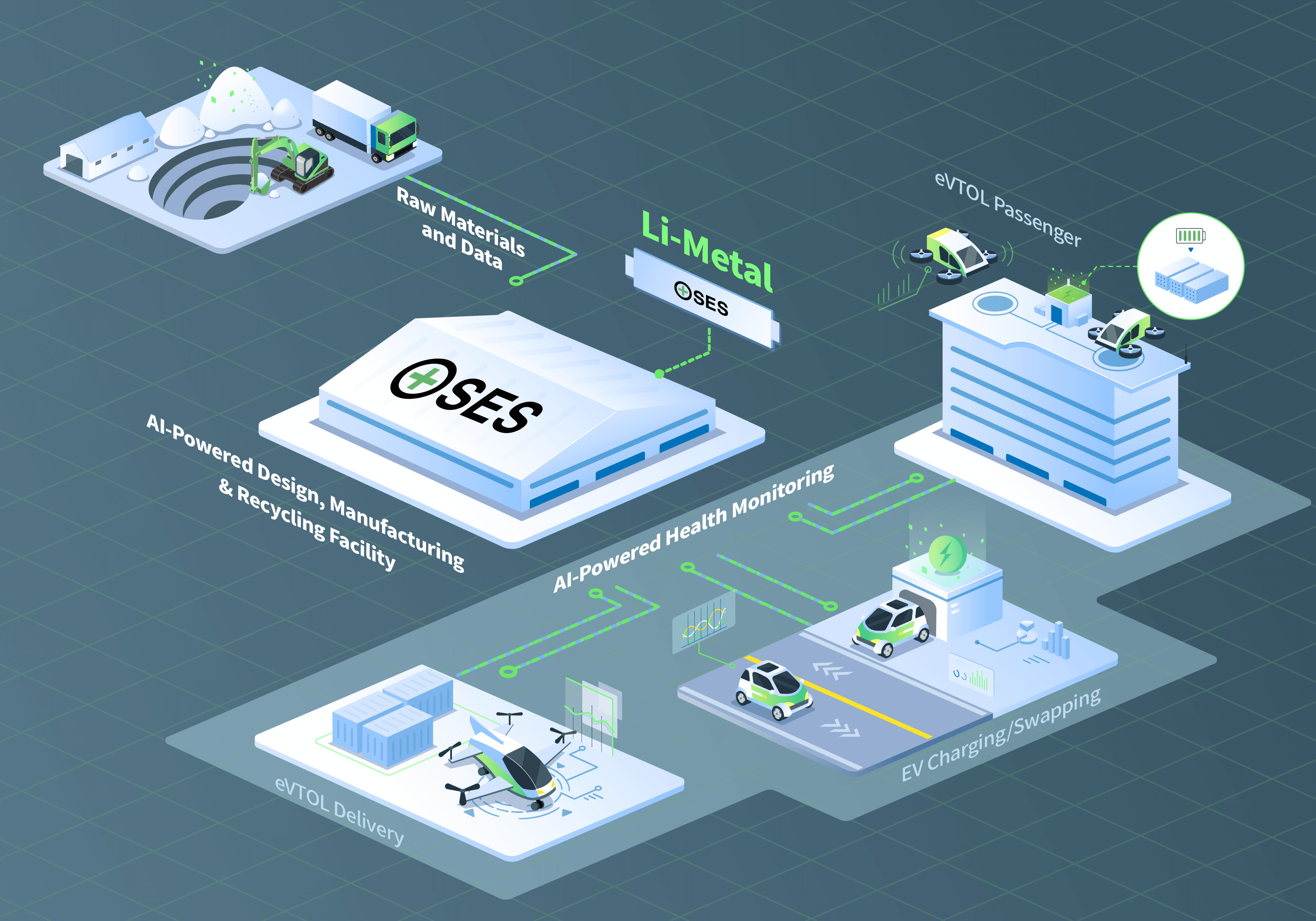From self-driving cars navigating city streets to smartphones instantly translating foreign languages, AI is increasingly moving out of centralized data centers and onto the devices we use daily. This shift toward “edge AI” represents a significant evolution in how AI is deployed and used, promising faster response times, improved privacy and the ability to operate in environments with limited connectivity.
Edge AI computing brings AI capabilities directly to devices and local networks rather than relying on distant cloud servers. This allows for faster processing, reduced latency and improved privacy since data doesn’t need to travel far from where it’s collected and used.
Edge AI: Reshaping Industries
The impact on commerce could be particularly profound. Retailers are experimenting with AI-powered cameras and sensors to create cashierless stores, where customers can simply pick up items and walk out, with payment processed automatically. Online shopping could become more personalized, with AI-enabled devices offering real-time recommendations based on a user’s behavior and preferences. Smart shelves with embedded AI could dynamically adjust pricing based on demand and inventory levels in brick-and-mortar stores, potentially revolutionizing traditional retail strategies.
Beyond the Cloud: The Advantages of Edge AI
Edge computing isn’t a new concept, but its marriage with AI is opening up possibilities that were once the realm of science fiction. By processing data locally on devices rather than sending it to the cloud, edge AI can reduce latency from seconds to milliseconds, improve privacy by keeping sensitive data on the device and operate in environments with limited or no internet connectivity.
One prominent application is in autonomous vehicles. Tesla’s Full Self-Driving computer, powered by a custom AI chip, can process 2,300 frames per second from the car’s cameras, making split-second decisions crucial for safe navigation. This local processing allows Tesla vehicles to operate even in areas with poor cellular coverage, a critical feature for the widespread adoption of self-driving technology.
In our pockets, smartphones can increasingly run complex AI models locally. This on-device processing speeds up these features and enhances user privacy by keeping personal data off the cloud.
Google’s latest Pixel phone showcases the power of on-device AI with features like Live Translate, which can translate speech in real time without an internet connection. The Pixel’s custom Tensor chip can process natural language at a rate of 600 words per minute, a capability that would have required a server farm just a few years ago.
Smart Cities and the Potential of Edge AI
The true potential of edge AI may lie in its ability to transform entire cities. In Singapore, a network of AI-enabled cameras and sensors is being deployed as part of a “Smart Nation” initiative. These devices can monitor everything from traffic flow to public safety, processing data locally to respond to incidents in real-time while minimizing the transmission of sensitive information.
Overcoming the Challenges of Edge AI
Despite its potential, the rise of edge AI is challenging. Hardware limitations mean edge devices often can’t run the most advanced AI models. This has led to a race among chipmakers to develop more robust, energy-efficient AI processors. Nvidia’s Jetson line of AI computers can deliver up to 275 trillion operations per second while consuming as little as 5 watts of power, making them suitable for a wide range of edge devices.
The Ethics of Edge AI: Data Privacy and Transparency
The proliferation of AI-enabled devices raises questions about surveillance and data ownership. The growing number of decisions AI makes at the edge necessitates increased transparency and accountability in these systems.
The Future of Edge AI: From Healthcare to Agriculture
The momentum behind edge AI shows no signs of slowing. In healthcare, companies like Medtronic are developing AI-enabled insulin pumps that can monitor blood glucose levels and adjust insulin delivery automatically, potentially revolutionizing diabetes management.
Nvidia’s Clara AGX AI computing platform enables AI-powered medical devices to process high-resolution medical imaging data locally, speeding up diagnoses and improving patient privacy.
In agriculture, John Deere’s See & Spray technology uses onboard AI to distinguish between crops and weeds, allowing for precise herbicide application and potentially reducing chemical use by up to 90%.
The Edge of Innovation: A Glimpse into the Future
Edge AI will continue to evolve, and we can expect to see even more innovative applications emerge. The possibilities are vast, from smart homes that can predict and respond to our needs to industrial equipment that can self-diagnose and prevent failures before they occur.


















